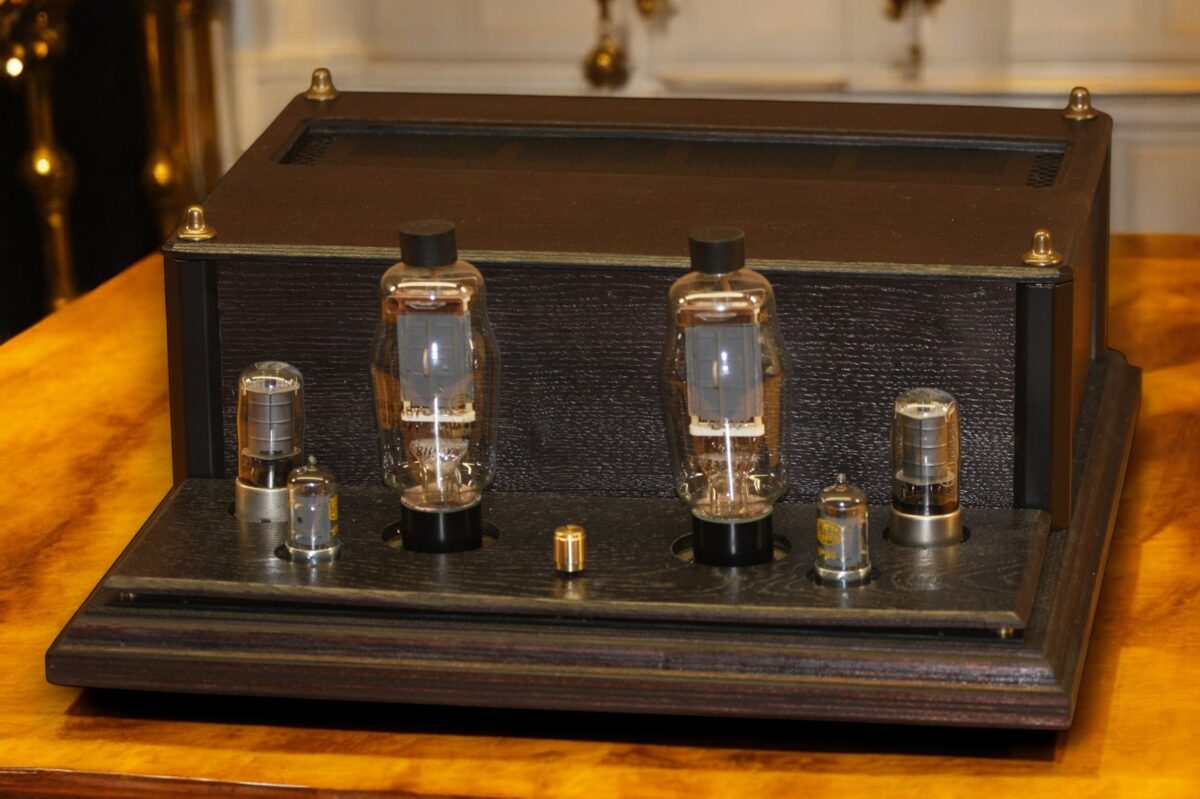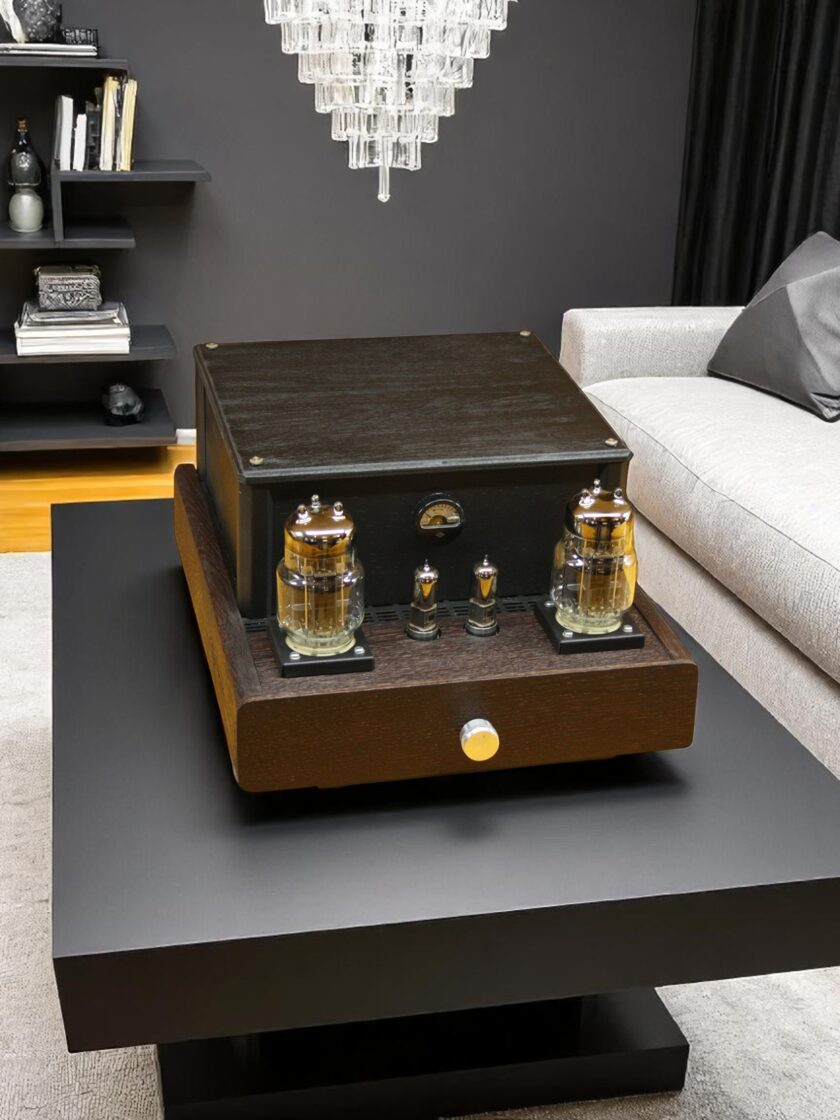What determines the speed of a vacuum tube in an audio amplifier?
In tube amplifiers, "speed" most often refers to:
-
Frequency response – how quickly the tube can process the changing signal (especially at high frequencies).
-
Signal transmission speed – how fast the tube responds to input signal changes (slew rate, rise time).
-
Warm-up time – how quickly the tube reaches its operating temperature after power-on (both physically and electrically).
Main factors affecting the “speed” of a tubes:
1. Tube type
Triodes: Simpler design, lower internal capacitance = better speed, but lower gain.
Pentodes/tetrodes: Higher gain, but may have higher internal capacitance, which can affect high-frequency performance.
2. Internal capacitance and electrical construction
Anode-grid capacitance and other parasitic components influence how fast the tube can process the signal.
Lower capacitance = faster response = better high-frequency performance.
3. Operating voltages
A tube operates optimally at certain anode and cathode voltages. If the voltage is too low, the tube may be “slow” or respond imprecisely.
Bias setting also affects dynamics and overall “feel.”
4. Warm-up time
Vacuum tubes usually need 20–60 seconds (or more) to warm up fully and reach optimal sound quality.
Some audiophiles say the tube sounds best only after 15–30 minutes of operation (especially the 6S33S).
5. Quality and aging
Worn-out tubes become “slower” — their linearity and response degrade.
High-grade NOS (new old stock) tubes are often valued for their “liveliness.”
How to improve “speed” in a tube amplifier?
-
Choose higher quality tubes with lower internal resistance (e.g., 6S33S).
-
Ensure the power supply provides stable voltage and sufficient current.
-
Set an appropriate bias.
-
Minimize capacitance and induced resistance in the signal path (proper PCB design, short connections).
-
Use tubes known for fast dynamics (e.g., G-811).
Sound character and speed comparison of various tubes
AD1 – The queen of classics
-
Very high linearity, low microphonics.
-
Fast, yet smooth and “elegant.”
-
Ideally suited for classical music, vocals, and jazz.
G-811 (Г-811) – Raw power
-
Originally an RF tube, but audio enthusiasts use it in SE configurations.
-
At high voltages, delivers huge dynamics and punch, but with a less refined tone.
-
Can be harder to control, prone to oscillation.
-
Response is fast enough, but not as subtle as AD1 or Ed.

Ed / RE604 / E406N – Old-school smoothness
-
A wide range of versions, but generally offers very soft, musical sound.
-
Smooth frequency response, not overly aggressive or fast.
-
A great choice if you seek vintage warm tones.

6S33S (6С33С) – The “tank” of sound
-
Russian power triode, huge current, extremely low internal resistance.
-
Very fast response, capable of explosive transients, ideal for rock and electronic music.
-
Not as refined as AD1, but very lively and punchy.
-
Needs good cooling — can run hot, unstable without proper ventilation.

6S33S tube amplifier from VS-Audio
Conclusion: Which tube suits which purpose?
| Goal | Best choice |
|---|---|
| Maximum linearity and elegance | AD1 |
| Punch and dynamics with high power | 6S33S |
| Vintage smoothness and warm tone | Ed / E406N |
| Powerful but aggressive SE tone | G-811 |
No comments
Leave a reply
Cart
Cart is empty.
